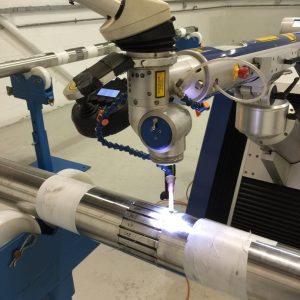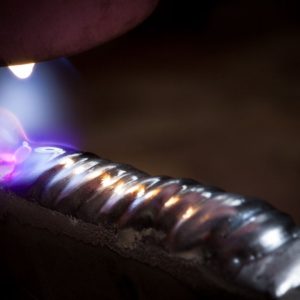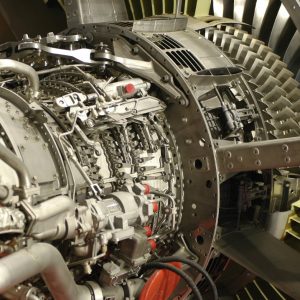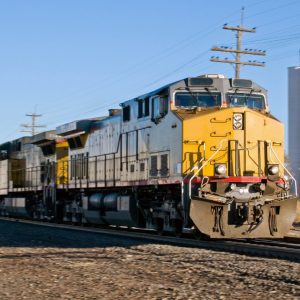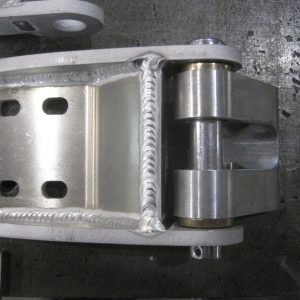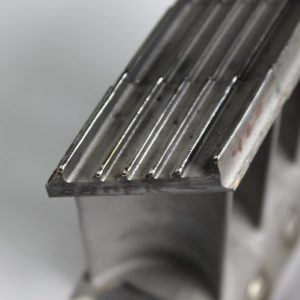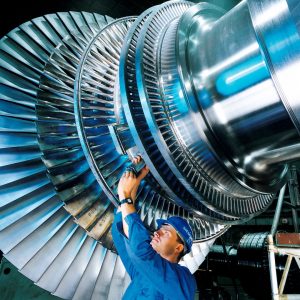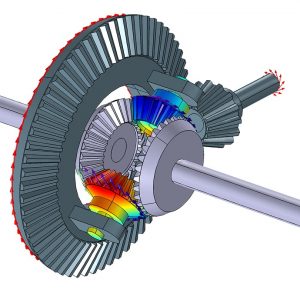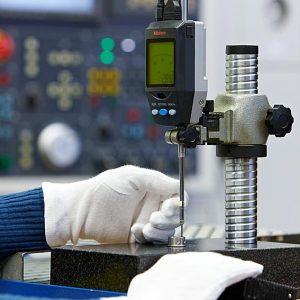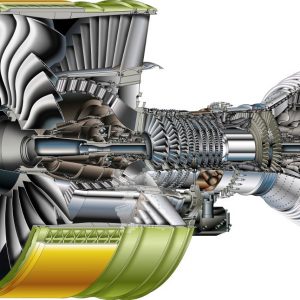Gallery
- Industrial worker with protective mask welding inox elements in steel structures manufacture workshop or metal factory.
- referencenumber: sopg200405 The design of new power plant turbines has a major influence on the efficiency of power generation Improving the efficiency of power plants today means battling to achieve increases of the order of one tenth of a percentage. Here the design of the turbine blades plays an important part. The high degree of precision required for their development and manufacture can only be achieved with computers. The result is good for the environment as well as for the budget of the power plant operator: an improvement of one whole percent in the efficiency of a brown-coal fuelled base load power plant unit with an output of 900 MW reduces the amount of coal used per year by 155,000 tons and the quantity of carbon dioxide emission by 150,000 tons, with the same electric output. With the present number of coal-fired power plants, a one-percent improvement in efficiency would relieve the environment of 158 million tons of carbon dioxide. The world record for a coal-fired steam turbine, 48.5 percent, is held by Siemens; for power plants in which the exhaust heat of gas turbines is used to drive steam turbines, Siemens also holds the world record of 58.4 percent. The picture shows the blades being mounted on a steam turbine at Siemens factory in Mühlheim. Das Design neuer Kraftwerksturbinen bestimmt maßgeblich den Wirkungsgrad der Stromerzeugung Verbesserungen des Wirkungsgrades von Kraftwerken sind heute ein Kampf um Zehntel-Prozentpunkte. Eine wichtige Rolle spielt dabei die Gestaltung der Turbinenschaufeln. Die heute bei deren Entwicklung und Fertigung erforderliche höchste Präzision lässt sich nur noch mit Unterstützung durch Computer erreichen. Das Ergebnis ist gut für die Umwelt und für das Budget der Kraftwerksbetreiber: Ein mit Braunkohle befeuerter Grundlast-Kraftwerksblock mit einer Leistung von 900 Megawatt verbraucht z. B. mit einem Plus von einem ganzen Prozentpunkt bei gleich bleibender elektrischer Leistung pro Jahr 155.000 Tonnen weniger Kohle und gibt 150.000 Tonnen weniger Kohlendioxid ab. Bezogen auf den gegenwärtigen Bestand von Kohlekraftwerken würde das Erhöhen des Wirkungsgrads um einen Prozentpunkt die Umwelt um 158 Millionen Tonnen Kohlendioxid entlasten. Den Weltrekord einer mit Kohle befeuerten Dampfturbine hält Siemens mit 48,5 Prozent; bei Kraftwerken, in denen die Resthitze von Gasturbinen nachgeschaltete Dampfturbinen antreibt, liegt der ebenfalls von Siemens gehaltene Weltrekord bei 58,4 Prozent. Das Bild zeigt eine Dampfturbine bei der Montage der Turbinenschaufeln im Siemens-Werk Mühlheim.



